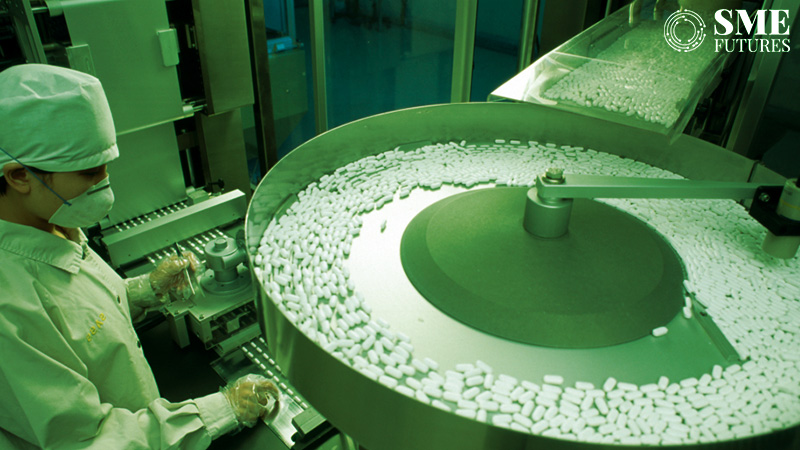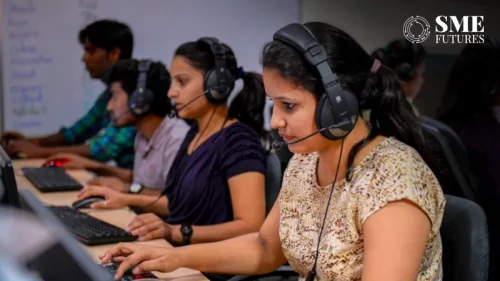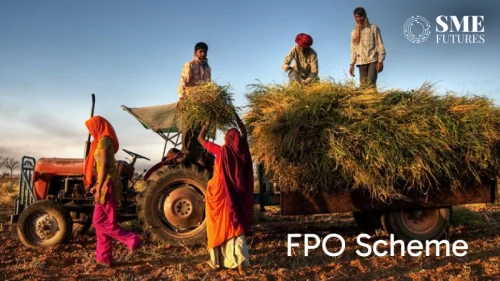As the world’s largest provider of generic drugs and the third-largest pharmaceuticals producer by volume, India has rightfully earned the sobriquet ‘pharmacy to the world’. ‘Made in India’ pharmaceuticals today constitute 20 per cent of the global generic drug trade with exports to over 200 countries, including highly regulated markets such as the US, UK, Canada and the European Union. However, the sector depended heavily on the imports of Active Pharmaceutical Ingredients (APIs), with almost 70 per cent of essential APIs coming from China. The Covid-19 pandemic and ensuing supply chain disruptions served as a wake-up call and forced the Government and industry to look within to deal with the issue.
A few key factors played a critical role in India’s overdependence on China for raw materials:
- Competitive pricing structure offered by China and ability to meet the volume requirements of India’s pharma industry
- Lack of a favourable policy environment and tax structure in the country, coupled with cheap import duties that made China an attractive destination for supply
- Insufficiencies in the domestic fermentation industry, including low desire to invest time and money in setting up facilities and production process for bulk drugs
The Government’s recent announcement on Production Linked Incentives (PLIs) under the auspices of the Atmanirbhar Bharat Abhiyaan for the pharmaceutical manufacturing sector is a step in the right direction. It will go a long way towards creating a self-sufficient and self-reliant pharma industry in the country. With an outlay of Rs 15,000 crores effective till 2027-28, the scheme will give the proverbial shot in the arm to the domestic manufacturing industry and play a significant role in cutting down on the dependency on China as well as other countries for Key Starting Materials (KSMs)/Drug Intermediates and APIs.
The scheme has segregated pharmaceutical manufacturing under three categories:
- Category 1: Bio-pharmaceuticals, Complex generic drugs, Patented drugs or drugs nearing patent expiry, cell-based or gene therapy drugs, Orphan drugs, special empty capsules such as HPMC, Pullulan, enteric etc., complex excipients, phytopharmaceuticals: other drugs as approved.
- Category 2: KSMs/Drug Intermediates and APIs
- Category 3: This category includes drugs not covered in Category 1 and 2 and includes repurposed drugs, autoimmune drugs, anti-cancer drugs, anti-diabetic drugs, anti-infective drugs, cardiovascular drugs, psychotropic drugs and anti-retroviral drugs, in-vitro diagnostic devices. other drugs as approved and other drugs not manufactured in India
To ensure broader applicability of the scheme and desired objectives are met, manufacturers will be grouped basis their Global Manufacturing Revenue (GMR) as of 2019-20 into three groups.
- Group A: Companies with a GMR of Rs 5,000 crore and above. Incentive allocation of Rs 11,000 crore
- Group B: Companies with a GMR of Rs 500-5000 crore. Incentive allocation of Rs 2,250 crore
- Group C: Companies with a GMR of less than Rs 500 crore. Given specific challenges, a special subgroup has been created for MSMEs in this group. Incentive allocation of Rs 1,750 crore
Some of the key takeaways/benefits from the announcement include:
- A heightened focus on ‘Atmanirbharta’/self-reliance that will ensure the Indian pharma industry is ready and able to take on future uncertainties/disruptions in the supply chain
- A significant boost to access and affordability of essential medicines, including orphan drugs, will also give a leg-up to Indian exports globally. While India has always been a trusted source of medicines to international markets, driving affordability will further level the playing field and open up newer markets for the industry
- Create an ecosystem of innovation that will aid in developing complex, high-tech products, including those for emerging therapies and in-vitro diagnostics. This is expected to catalyze the creation of ‘Made In India’ global champions that have the potential to penetrate global value chains
- Increase employment rates in the country. As per Government data, it would generate 20,000 direct and 80,000 indirect jobs for both skilled and unskilled personnel during the implementation of this scheme.
- Provide a fillip to domestic pharma manufacturing and production capabilities. The investments under the PLI scheme are also expected to encourage MSMEs and start-ups in the pharma field.
Through this scheme, the Government expects total incremental sales of Rs 2.94 trillion and Rs 1.96 trillion in incremental exports by 2028.
As we slowly emerge from the Covid-19 pandemic and the disruptions it caused to the economy as a whole, including supply chains for the domestic pharma manufacturing industry, I believe the focus on creating an Atmanirbhar Bharat/Self-reliant India is the need of the hour. The PLI Scheme will provide a much-needed shot in the arm to the domestic pharma manufacturing industry and rewrite our pharma narrative. It is much more than just generics, but is instead focused on universal access, affordability and innovation!











